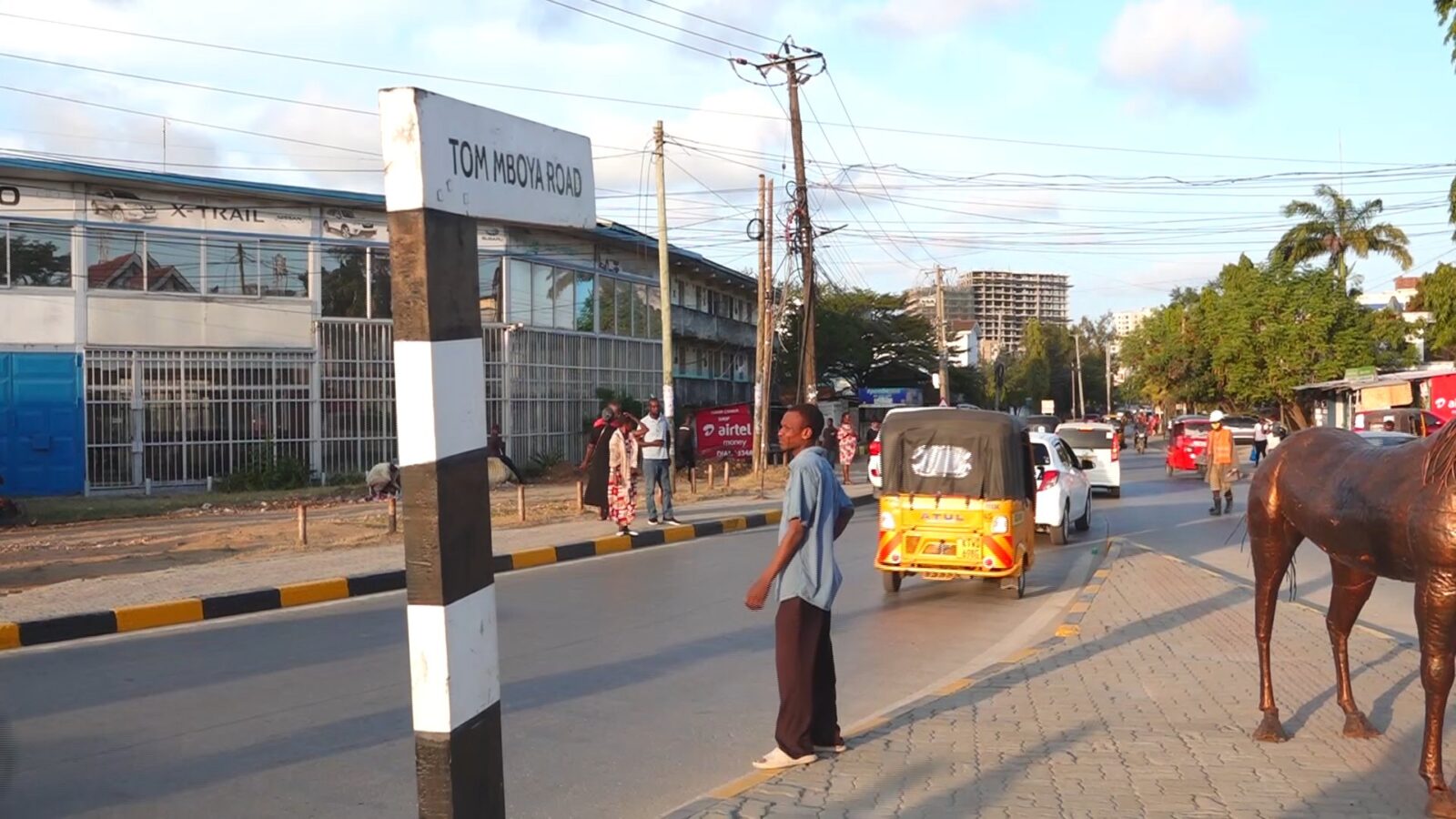Rogue Nganya operators have seemingly become one of the leading contributors to preventable road accidents and public disorder. Once an iconic expression of Kenyan urban culture, the Nganya System is slowly losing its cultural essence, becoming a threat to commuters and road users. From violation of traffic laws to drug and alcohol abuse among drivers and touts, the culture now seems to thrive on lawlessness at the expense of public safety.
The most tragic recent incidents this week involved a well-known Nganya named Uppercurt. The vehicle, famous for flashy displays and party road trips, was seen swerving dangerously along Thika Superhighway en route to Nyeri. Hours later, it overturned. The driver, reportedly drunk, fled the scene after causing the death of 1 passenger and seriously injuring 23 others. He remains on the run. Eyewitnesses and passengers had shared videos of the vehicle’s erratic movements before the accident. Sadly, their warnings turned prophetic.
“There’s no reason for our metropolitans to suffer the indignity of these washed-out death traps,” wrote one user on X
Breaking the Law, Boldly
Kenya’s Traffic Act Chapter 403 clearly prohibits many of the behaviors seen among the Nganya operators:
- Section 44(1): Driving under the influence of alcohol or drugs
- Section 47: Reckless driving
- Section 49: Driving without due care and attention
- Section 64: Tampering with a motor vehicle
However, these laws are deliberately violated. Drivers blast music, install tinted windscreens, and add unauthorized LED lights, all of which compromise road safety. The National Transport and Safety Authority (NTSA) has consistently pointed out that matatus operating without functioning speed governors, or with modified exhaust systems and obstructive dashboards, pose a serious risk.
According to NTSA, 3,581 fatalities were recorded from June 2024 to March 2025, a 10% increase compared to the previous year. Many of those involved are PSVs. Shockingly, approximately 12 Kenyans lose their lives daily in road-related incidents.
Touts, Stunts, and Social Media Fame
In one viral video, a matatu conductor was seen performing acrobatics on the moving vehicle’s door, endangering not only his life but also that of passengers and other road users. Police later arrested the culprits after public outcry.
Matatu touts have been seen clinging onto rooftops (like they are at a political rally in Kondele or a game drive in Maasai Mara), swinging from doors, and even racing other Nganyas not for passengers, but for the phone camera and tiktok fame. In one instance, a Nganya rammed into another inside a petrol station after overshooting the brakes.
Inside the Nganya Deathtraps
Inside many Nganyas, the driver’s area resembles a nightclub DJ booth. Multiple TV screens and LED lights illuminate the dashboard, visuals that NTSA labels as “obstruction of driver visibility.” As one road safety officer bluntly put it “The only screen a driver should focus on is the windscreen.”
Passengers, too, are exposed. Some seats are fitted with crude metal frames in front. A simple emergency brake can cause serious head trauma. These aren’t just aesthetic risks, they’re potential death traps.
“The problem with matatu culture is that if you dare question recklessness, they say you’re attacking the culture,” Says Nyamisa Chela on X. “You can have graffiti without covering the windscreen. You can play music without harming people’s eardrums. You can preserve the culture, at normal speeds, on the required lane.”
Public frustration has reached a boiling point. Police have begun impounding some of the more notorious Nganyas. In January 2025, one vehicle linked to a prominent political figure was confiscated after being caught on camera speeding on the wrong side of the road.
Thika Superhighway, Outering Road, Lang’ata Road, and Mombasa Road are the hotspots for these Nganya stunts. NTSA has promised increased surveillance and enforcement, but it’s clear that more needs to be done.
“As much as we want NTSA and traffic police to help, it also boils down to every citizen being responsible. Mbona unapanda Nganya kama hiyo?” A frustrated social media user remarked.
Matatu culture doesn’t have to mean chaos. The same creativity that built this culture can be channeled to rebuild it safely, legally, and with pride.












